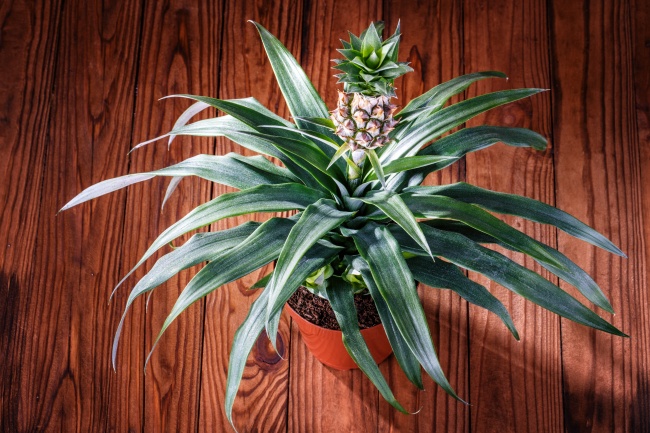The season for planting and growing, «the migration» of seedlings from windowsills to gardens and the excitement for future harvesting, is declared open! Fresh, healthy, and juicy fruits without any chemical additives will delight you and your family every single day.
For those of you who don’t have your own garden, Bright Side urges you not to give up and fall into despair, and instead, try growing one of these fruit trees at home or even at your workplace.
However, it may take at least a year before you can taste your favorite lemon, avocado, pomegranate, or other delicious fruits, so we advise you to be extremely patient. Besides, growing fruit trees has lots of benefits — it will help you relax, de-stress, and bond with your colleagues.
Citrus trees

androniques
Lemon, orange, grapefruit, and limes: all of these belong to the genus Citrus that have a wonderful and rich aroma almost all year round. The basic thing for growing tropical fruit is that the seeds for planting must be fresh. Planting itself is actually quite simple: rinse the seeds with water and plant them either in damp garden soil, peat, river sand, or in a special soil for citrus. You should put every seed in a separate pot or cup.
In addition, make sure that your seedlings get enough natural light, but also protect them from the midday sun and dry air. Note that winter temperatures, 53 — 60°F (12-16 °C), will be fine for your citrus trees.
Dates

xbeing
Each date has a pit inside that can easily be grown into a tree. Place the pits in a small dish and let them soak for few days before planting. Bury them in a peat and sand soil mix, and remember to keep the soil damp with sprayer every 2 days. Like citrus trees, dates require a lot of light and a cool, winter temperature.
Feijoa (Pineapple Guava)

nickichen
Seeds of this exotic plant should be taken from ripe and squishy fruit. If a feijoa isn’t yet ripe, put it in a warm place and wait for a few days. Then, rinse the seeds from the surrounding pulp with water and leave them to dry on paper. After that, bury the seeds in sandy soil.
The plant may pop up much faster than expected. That’s why when planting the sprouts, you need to pinch the main root and transplant it together with the old soil into a bigger pot.
Fig

Simon
If you plan on growing a fig tree, you need to rinse and dry the seeds first, then put them into damp soil. Sprinkle the soil with a little sand and cover it with plastic wrap. Find a warm spot with plenty of sunlight for your potted fig tree. The first sprouts will appear in about 3 weeks if you regularly moisten the soil and ventilate the room. The recommended temperature in summer shouldn’t be less than 68°F (20°C) and not exceed 57°F (14°C) in winter.
Passion fruit

mayapujiati
Well, if you decide to plant passion fruit seeds, you will most likely get a vigorous and fast climbing vine rather than a fruitful tree. This plant will really delight you with its luxurious blossoming and bright colors. You will probably be lucky enough to grow delicious, juicy fruits at home. Passion fruit, like any tropical plant, needs a tremendous amount of sunlight, fresh air, warmth, and high humidity.
Avocado

bluemorphos
You can grow this wonderful storehouse of vitamins from a pit in one of two ways: either remove the pit carefully, wash it gently to remove the flesh, and then plant it in the soil, or stick 3 toothpicks 120 degrees apart into the middle of the seed to balance the pit on the inside of a cup without completely inserting it into water. When the plant develops a good root system in the water, you can carefully take it out and bury it in the soil. Keep it in around 64 °F(18 C) before the leaves come into bloom. Avocado loves the sun, so place it in a sunny windowsill — the more light it gets, the better.
Pineapple

Dmitrij Skorobogatov
Growing pineapple is a lot easier than you would think. You don’t need seeds to grow it! Instead, twist the leaves off the top, strip off some of the lower leaves to expose the stem, and plant it in a pot filled with river sand. Pineapple trees like a lot of sun and need to be kept fairly moist. The plant will only stop growing during the winter months. However, growing this tropical plant indoors is quite possible!
Pomegranate

Bluesnap
This drought-tolerant tree can grow well almost everywhere. Dwarf pomegranates will delight you with their conspicuous scarlet flowers and mouth-watering fruit all year round. The average yield of these pomegranates is from 7 to 10 edible fruits about 2 inches in diameter.
Preview Photo Credit: Galina Savina, Locrifa












